This week will be busy! Jim and I hustled to put the finishing touches on the walk-in cooler, which will be in use this week for the first time this year; The sweet potato slips are coming in on June 1st and will get planted PRONTO; We are planting a slue of other plants including wintersquash, watermelon, more tomatoes, and flowers; I am super busy watching birds ; And we are getting ready for our first markets with items- checking inventory and set ups.
Once the season gets rolling, there are a lot of ongoing tasks that are essentially never completed and weeding is one of them. Before our arrival, the fields here had been left to the wild for the last three years, which led to an established plant population, among others. Every year, these plants grew here, they worked hard to replicate themselves, producing seed and spreading rhizomes and roots. Every seed they drop (and a single plant can drop thousands) adds to the WEED SEED BANK and can remain viable in the soil for many many years. Because of this, our inaugural year is going to be one our most challenging weed years ever! We have to tame this weed mustang and it won't be easy. Some of the most prevalent weeds include Silene latiolia - White Campion, Articum lappa - Burdock, Rumex crispus - Curly Dock, and the dreaded Cirsium arvense - Canada thistle. We also enjoy goldenrod and aster species, the beautiful bull thistle, yarrow, and lots of different grasses.
Why is a weed bad? It competes with our plants of choice for nutrients, light, and water and can harbor pests and plant diseases. Not all non-crop plants are bad. Having a diversity of plants growing can serve to protect against disease and pest problems by preventing the rampant success of one by supporting many, which is why our long term plan involves cultivating wild spaces for native plants and creatures on our farm. Despite this, we don't like non-crop plants in our crop beds and they must be removed!
In previous years, we did almost all of our weeding by hand. We also demanded our crops tolerate some weed competition. This year, we are able to cover the broad strokes with our Farmall 140, which cultivates between the rows of plants in the bed. We then go through and clean it up with hand tools and fingers. We also use the scuffle hoe (aka stirrup hoe, hula hoe) to get close to plants while we remain standing. These tools are a welcome respite. They make weeding fly by, when before, it crawled along with us up and down the aisles between the beds.
There are several aspects to managing weeds on an organic farm. From the short term perspective, the goal is to boot them out before they damage and compete with our crops. The long term perspective is what gives me hope. If we can deplete the seed bank- germinate weeds seeds and kill all the plants before they set more seed, we are effectively reducing our weed problem. We have lots of tools available to do this: cover crops that will out compete the weeds, tractor cultivation, flame weeding, remaining vigilant about possible weed seed sources such as compost and mulch, and stale bedding to name a few.
Even as the years go by, and we (hopefully) reduce the weed seed bank, weeding will continue to be a never ending battle. Let us just hope that this year, we take it down at least one notch.
See you at markets!
Helen, Jim, and the Lake Divide Team!
Fresh from the field in limited supply!
Kale
Mizuna
Mustard
Radish
*We send this email out before harvest, and although we do our very best to make accurate predictions, crops and quantities found at market may vary.


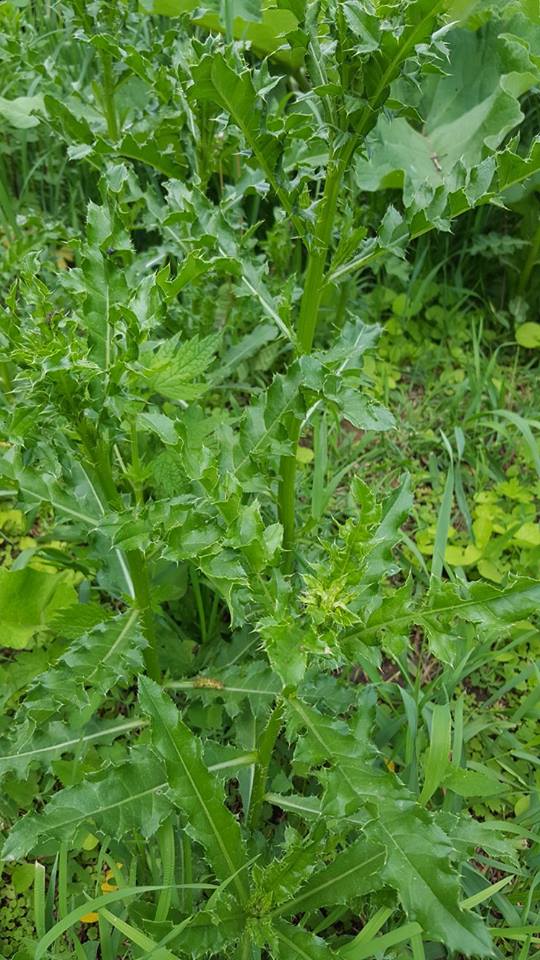




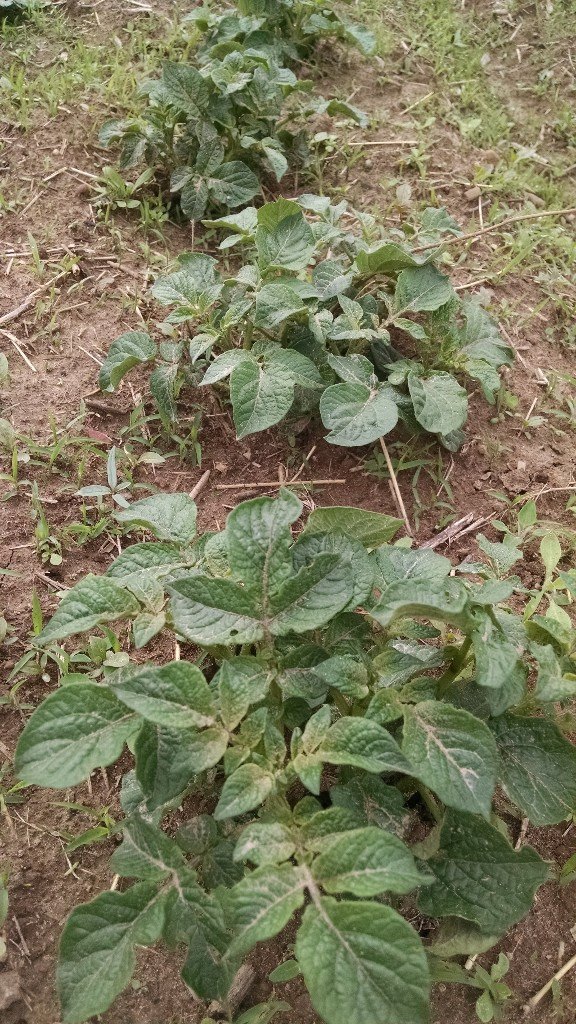

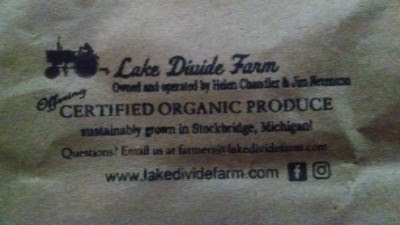

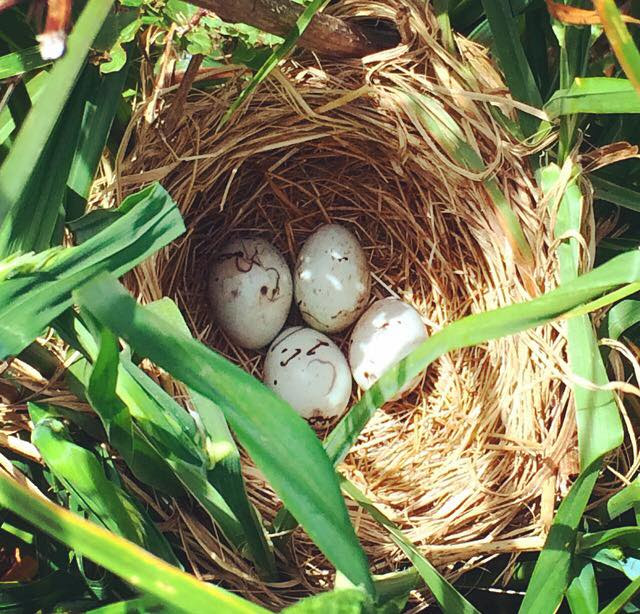

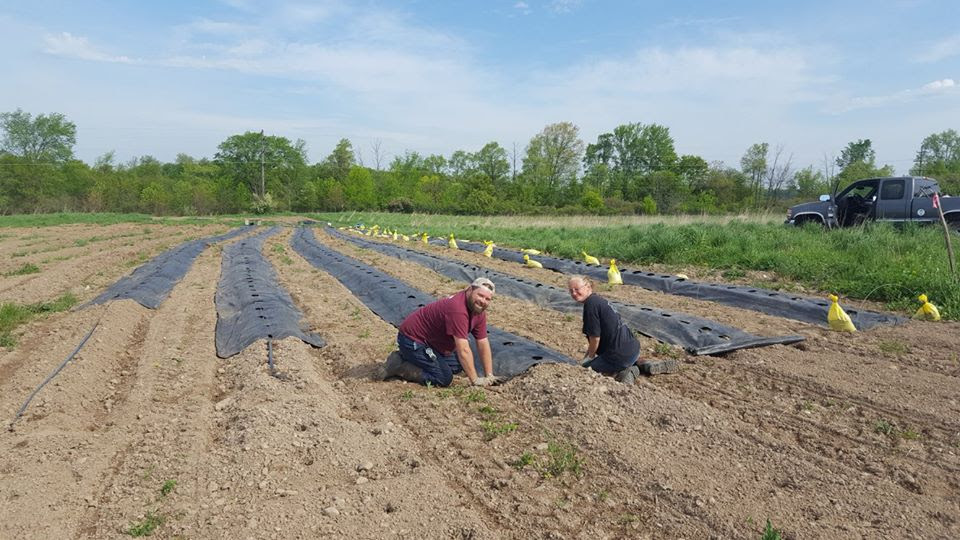






 RSS Feed
RSS Feed